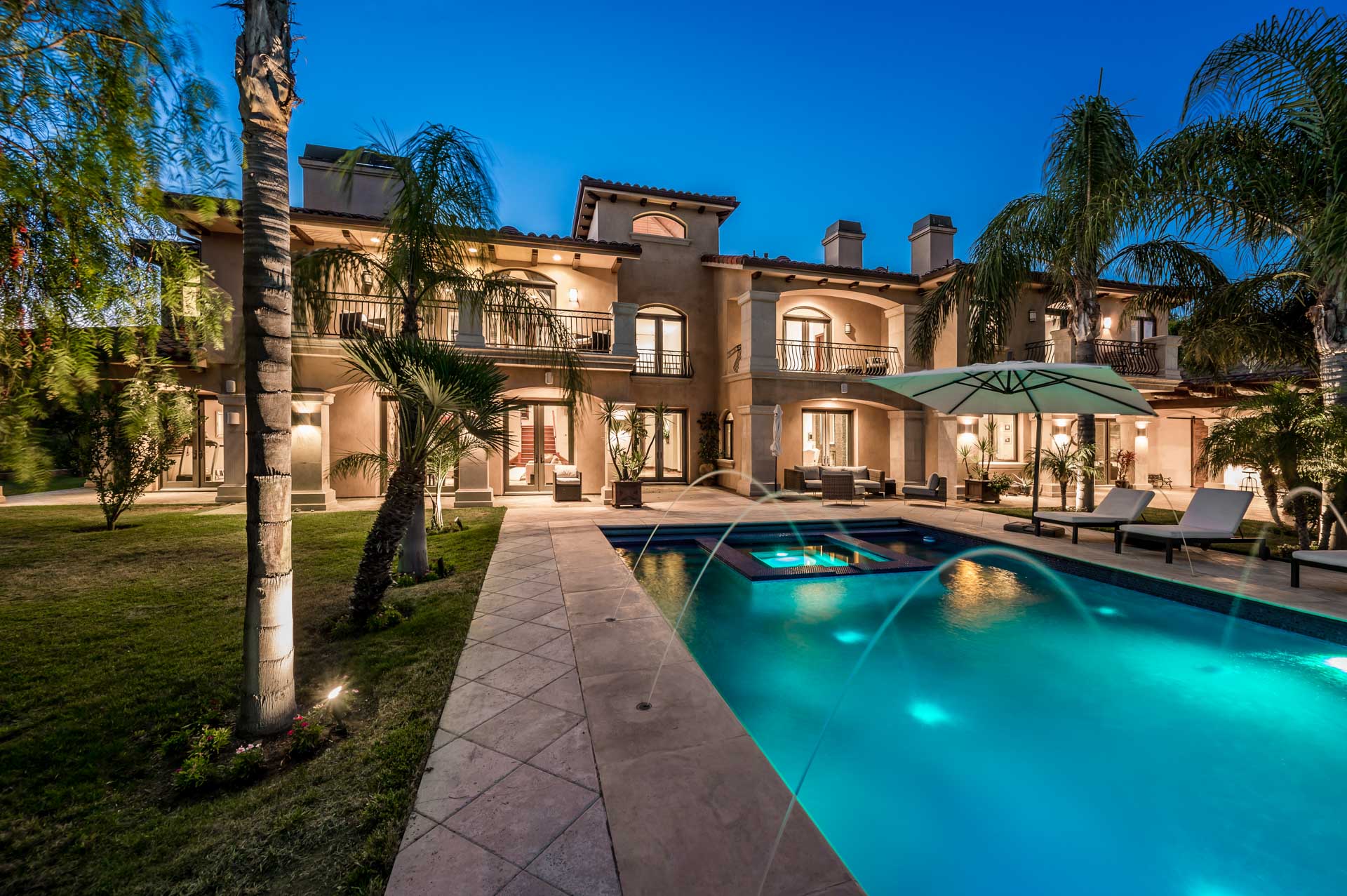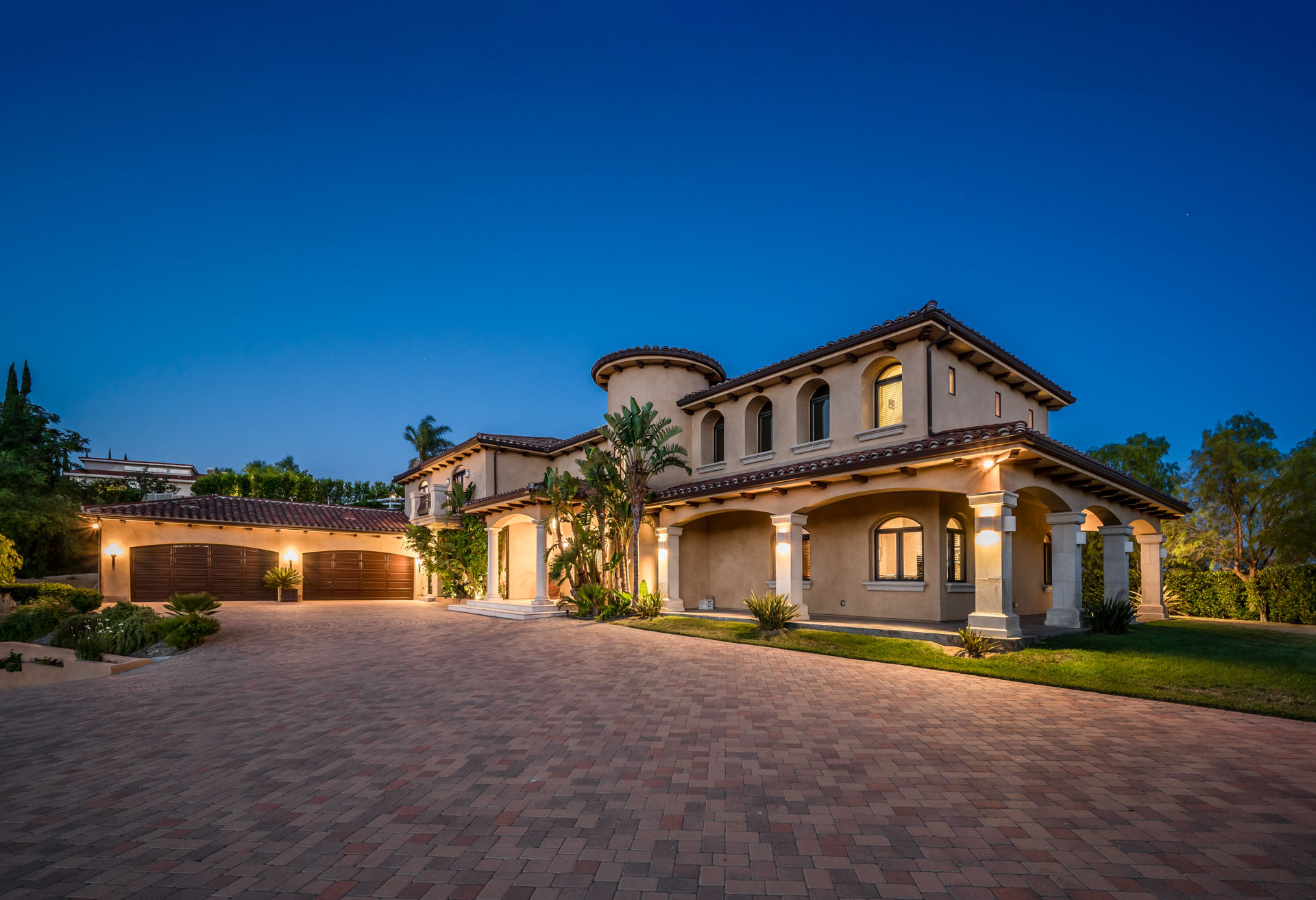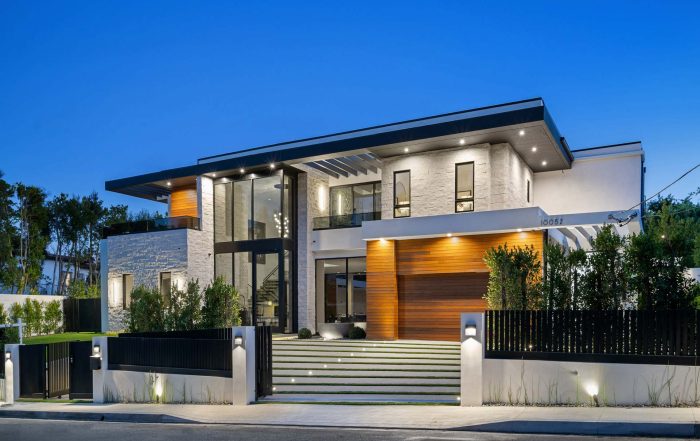
Building Dreams: How Family-Centric Design Transforms Luxury Custom Homes
Introduction
In the realm of luxury custom homes design, the emphasis has increasingly shifted towards creating spaces that cater not just to aesthetic appeal, but also to the unique needs of families. A family-centric approach to home design recognizes that a house is more than just a structure; it is a sanctuary where memories are forged, relationships are nurtured, and daily life unfolds. By engaging family members in the design process, considering the diverse needs of various age groups, and integrating technology and outdoor spaces, designers can create homes that are not only luxurious but also functional and welcoming. This blog section delves into the multifaceted aspects of family-centric luxury custom homes design, offering insights into how to create a residence that embodies comfort, connection, and style.

Engaging Family Members in the Design Process
A successful luxury custom homes design begins with a collaborative approach that actively involves all family members in the decision-making process. Engaging each member allows for a richer understanding of their desires, needs, and lifestyles. This participatory method not only fosters a sense of ownership but also ensures that the final design reflects the collective vision of the family.
To initiate this engagement, designers often conduct workshops or interviews to gather input from everyone, from toddlers to grandparents. These sessions can reveal preferences for specific spaces—such as a playroom for children, a home office for parents, or a cozy reading nook for grandparents. Additionally, visual tools like mood boards or design software can help family members articulate their tastes and preferences more effectively. By prioritizing open communication and collaboration, designers can create a cohesive plan that resonates with the entire family, ensuring that every corner of the home serves a purpose.
Designing with Different Age Groups in Mind
A family-centric luxury custom homes must accommodate the varying needs of its inhabitants across different age groups. When designing spaces, it’s essential to consider the unique requirements of children, teenagers, adults, and seniors. For instance, safety and accessibility are paramount for young children and elderly family members. Features such as rounded corners on furniture, non-slip flooring, and strategically placed handrails can enhance safety while maintaining an elegant aesthetic.
Conversely, teenagers may seek spaces that allow for privacy and social interaction, such as dedicated lounges or study areas equipped with technology for gaming or homework. Adults, on the other hand, may prioritize functionality and design elements that promote relaxation and entertainment. By integrating these considerations, designers can create a balanced environment that caters to the diverse lifestyles within the home, ensuring that each family member feels comfortable and valued.
Creating Shared Spaces vs. Private Retreats
In a luxury custom homes, the balance between shared spaces and private retreats is crucial to fostering family connections while allowing for individual downtime. Shared spaces, such as open-concept kitchens, living rooms, and dining areas, serve as the heart of the home, encouraging family gatherings and interactions. These areas can be designed with flexible seating arrangements and multi functional furniture to accommodate various activities, from casual family dinners to formal entertainment.
On the other hand, private retreats are equally important for maintaining harmony within the household. Bedrooms, home offices, and quiet nooks offer family members a place to unwind and recharge. When designing these spaces, it’s vital to consider soundproofing, lighting, and decor that promotes tranquility. Creating a harmonious flow between shared and private spaces ensures that the home caters to both social engagement and personal reflection, allowing family members to connect while also respecting each other’s need for solitude.
Integrating Outdoor Spaces
Outdoor spaces are an integral part of luxury custom homes design, particularly in a family-centric approach. These areas can serve as extensions of the home, providing additional opportunities for family bonding and recreation. Thoughtful landscaping, outdoor kitchens, and entertainment zones can transform backyards into vibrant environments where families can gather for barbecues, play games, or simply enjoy nature.
When designing outdoor spaces, it’s essential to consider safety and accessibility, especially for younger children and older adults. Features such as secure fencing, non-slip pathways, and shaded areas can enhance usability and comfort. Furthermore, integrating elements like gardens or play areas can promote a sense of responsibility and connection to nature among family members. By seamlessly blending indoor and outdoor spaces, designers can create a holistic living experience that enriches family life.
Technology and Innovation in Family Luxury Custom Homes
In today’s digital age, integrating technology into luxury custom homes design is not just a trend but a necessity, especially for families. Smart home technology can significantly enhance convenience, security, and energy efficiency, making daily life easier for busy families. Features such as automated lighting, climate control, and security systems can be controlled remotely, allowing parents to manage their home effortlessly, even from a distance.
Moreover, technology can facilitate family interactions. For instance, home theaters equipped with the latest audiovisual systems can serve as a gathering place for movie nights, while integrated sound systems can allow family members to enjoy music throughout the house. Additionally, incorporating educational technology, such as interactive screens or dedicated study areas, can support children’s learning and development. By thoughtfully integrating technology into the design, families can enjoy a modern lifestyle that enhances their daily experiences.
Conclusion
Luxury custom homes design with a family-centric approach transcends mere aesthetics; it is about creating a nurturing environment that reflects the values and needs of its inhabitants. By engaging family members in the design process, considering the diverse requirements of different age groups, and balancing shared spaces with private retreats, designers can craft homes that foster connection and comfort. Furthermore, integrating outdoor spaces and modern technology enhances the overall living experience, making the home a sanctuary for all family members. Ultimately, the goal is to create a luxurious residence that not only meets the demands of contemporary living but also serves as a backdrop for cherished family moments, ensuring that every day spent within its walls is a celebration of life and love.








